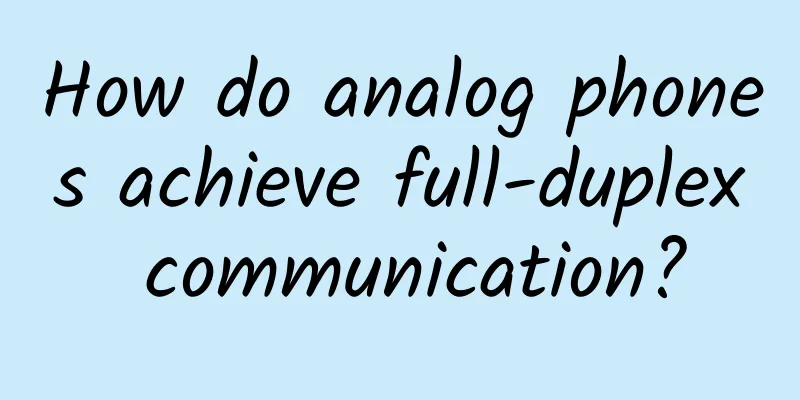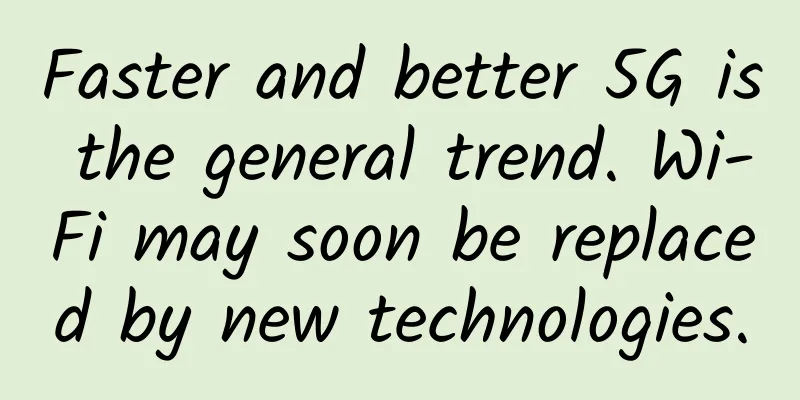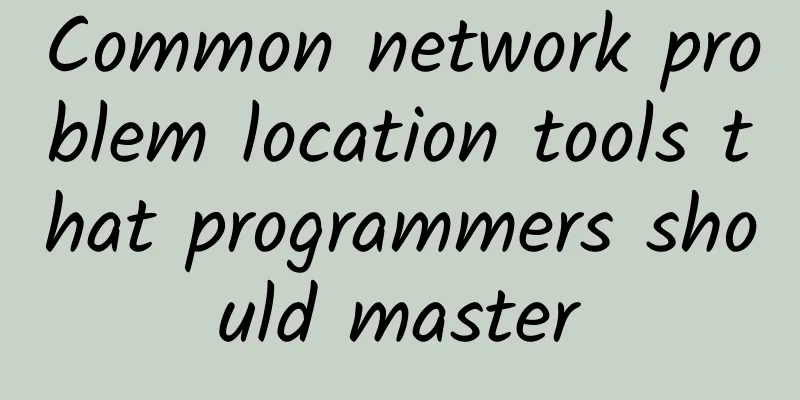|
Full-duplex communication refers to the ability to send and receive data simultaneously on the same communication channel. In the context of analog telephony, achieving full-duplex communication was a significant technical challenge due to the limitations of early telephone systems. In the past, analog telephones operated in half-duplex mode, allowing users to transmit voice or listen to the other party at the same time, but not at the same time. This "push-to-talk" mechanism caused interruptions and delays in conversations. However, as technology advanced, engineers and researchers developed innovative solutions to enable full-duplex communication for analog telephones. This breakthrough allowed users to speak and listen at the same time, similar to a natural face-to-face conversation, significantly improving the overall communication experience. What is full-duplex communication? Full-duplex communication refers to a two-way communication method that can send and receive data simultaneously on the same communication channel. In a full-duplex system, both parties can talk and listen at the same time, just like a natural face-to-face conversation. Full-duplex communication is commonly used in various communication technologies, including telephones, Internet connections, and network devices. It allows for more efficient and seamless communication because both parties can respond and interact without having to wait for the other party to finish speaking. What are the advantages of full-duplex communication? Full-duplex communication has several advantages over half-duplex or simplex communication methods. These advantages make it the first choice in various fields where real-time and synchronous bidirectional data transmission is required. The following are some of the main advantages of full-duplex communication: - Simultaneous communication: The most significant advantage of full-duplex is that it allows users to send and receive data at the same time. In voice communication, this means that both parties can speak and listen at the same time, creating a more natural and interactive conversation experience.
- Reduced Latency: Full-duplex communication minimizes delays or latency in data transmission. Since data can be sent and received simultaneously, there is no need to wait for the other party to complete before responding. This results in faster, more responsive communications.
- Improved efficiency: With full-duplex, data transmission occurs in both directions simultaneously, maximizing the use of available bandwidth. This efficiency is particularly beneficial in data networks, increasing network throughput and reducing bottlenecks.
- Improved Productivity: Full-duplex communications improve productivity across a variety of industries and work environments. It enables teams to collaborate more effectively, share information in real time, and make decisions faster.
- Better user experience: In voice communications, full-duplex eliminates the embarrassment of having to switch between talking and listening modes in half-duplex systems. This improvement in user experience is critical for telephones, video conferencing, and intercom systems.
- Seamless data transfer: Full-duplex facilitates continuous, uninterrupted data transfer between devices. This benefit is critical for applications such as file transfer, streaming, and video conferencing, where interruptions can disrupt the user experience.
- Improved network performance: In computer networks, full-duplex operation in switches and network interfaces allows packets to be transmitted and received simultaneously, reducing collisions and improving overall network performance.
- Real-time interactivity: Full-duplex communications are ideal for real-time applications where immediate response is critical. Examples include online gaming, live streaming, and interactive virtual meetings.
- Easy to implement: Full-duplex technology integrates seamlessly into a wide range of modern communication systems and network equipment, making it a mature and widely supported feature. Analog phones, digital VoIP (Voice over Internet Protocol) phones, and mobile devices implement full-duplex, ensuring a smooth transition for users and operators.
What is half-duplex communication? Half-duplex communication is a two-way communication method in which data can be transmitted in both directions, but not simultaneously on the same communication channel. In a half-duplex system, participants take turns sending and receiving data, similar to the "push-to-talk" mechanism used in walkie-talkies or traditional radio communications. In half-duplex communication, when one party transmits data, the other party must wait until the transmission is complete before responding. This introduces latency in the communication process, which can result in inefficient and slower interactions compared to full-duplex communication, where data can be transmitted in both directions simultaneously. What are the limitations and challenges of half-duplex communications? - Latency and Delay: Half-duplex communication introduces a noticeable delay or delay in data transmission. The time gap between the end of one party's transmission and the beginning of the other party's response can cause communication to slow down and may be problematic in real-time applications.
- Inefficient interactive communication: Half-duplex mode can be inefficient for interactive conversations that require immediate responses. Participants must wait for their turn to speak, which can hinder the flow of communication, especially in fast-paced discussion or collaboration environments.
- Duplex collision: In half-duplex communication, if both parties try to transmit data at the same time, a duplex collision occurs, resulting in data loss or corruption. This can be a major challenge in network scenarios, leading to data retransmission and reducing overall efficiency.
- Some applications are not compatible: Some applications require real-time interaction and instant feedback, such as video conferencing or online games. Half-duplex communication may not provide the necessary responsiveness for these types of applications.
- Push-to-Talk Limitations: In systems that use the push-to-talk feature, the user must consciously switch between send and receive modes. This extra step can be cumbersome, especially in situations where spontaneous communication is required.
- Impact on Throughput: In data networks, half-duplex operation affects the overall throughput of the network. The need for turnaround time between transmission and reception reduces the amount of data that can be sent in a given time frame.
- Potential for Misunderstandings: The turn-taking nature of half-duplex communications can lead to misunderstandings because one party may begin speaking before the other has finished, resulting in missing parts of the conversation.
- Limited scalability: In situations where multiple parties need to communicate simultaneously, half-duplex communication may become impractical because managing turns between multiple users may be complex and time-consuming.
Difference Between Half Duplex and Full Duplex Communication In half-duplex communication, data can be transmitted in both directions, but not simultaneously on the same communication channel.
In full-duplex communication, bidirectional data transmission can be performed simultaneously on the same communication channel. In half-duplex communications, participants take turns sending and receiving data, similar to the "push-to-talk" mechanism used in walkie-talkies or traditional radio communications.
In full-duplex mode, both parties can talk and listen simultaneously, similar to a natural face-to-face conversation. Half-duplex introduces a noticeable delay between the end of one party's transmission and the start of the other party's response, resulting in slower communications.
Full-duplex minimizes delays in data transmission, allowing for faster, more responsive communications. Half-duplex communications are not suitable for interactive conversations that require immediate responses because participants must wait for their turn to speak.
Full-duplex communications are ideal for interactive conversations and real-time applications where immediate feedback is critical. In half-duplex communication, if both parties try to transmit data at the same time, a duplex collision will occur, resulting in data loss or corruption.
Whereas in full-duplex communication, there is no risk of data collision because both parties can send and receive data at the same time. Half-duplex communication is used in some scenarios where real-time simultaneous communication is not required, such as walkie-talkies, two-way radios, and some wireless communication systems.
Full-duplex communications are widely used in telephony, video conferencing, data networking, Internet communications, and other applications that require seamless two-way communications. For half-duplex communications, simplex or half-duplex equipment is sufficient. Examples include walkie-talkies, CB radios, and some traditional data communication systems.
Supporting full-duplex communications requires specialized equipment and technology. Examples include full-duplex analog phones, digital phones, VoIP phones, Ethernet switches with full-duplex ports, modems, and wireless devices designed for simultaneous transmission and reception. What to consider when deploying?- Half-duplex: Half-duplex communication is relatively simple to deploy and is suitable for scenarios where simultaneous communication is not required. It is often used in simple communication devices, such as walkie-talkies, where users know the nature of the communication in turns.
- Full-duplex: Full-duplex communication requires specialized equipment and technology to enable simultaneous transmission and reception. It is commonly deployed in modern telephone systems, digital communication equipment, and data network equipment. In data networks, switches, routers, and network interface cards support full-duplex, which enables efficient data flow and reduces collisions.
- Hybrid solutions: In some cases, a hybrid solution can be used, combining half-duplex and full-duplex capabilities based on specific requirements. For example, some communication systems can use half-duplex for certain low-priority data and full-duplex for high-priority real-time communications.
The choice between half-duplex and full-duplex communications depends on the needs of the specific application and the level of interactivity, responsiveness, and efficiency required in data transmission and voice communications. The Importance of Full-Duplex Communication in Business and Personal Communications Full-duplex communication plays a vital role in both business and personal communications and offers significant advantages over half-duplex or simplex communication methods. Its importance is evident in every aspect of enhancing the overall communication experience and enabling seamless interactions. Here are the main reasons why full-duplex communication is essential in both business and personal settings: - Real-time interaction: Full-duplex communication allows for real-time, instantaneous interaction between participants. In a business setting, this is extremely valuable for teleconferences, virtual meetings, and collaborative discussions, where fast responses and immediate feedback are essential. Similarly, in personal communications, it can facilitate natural conversations with friends and family, making virtual interactions feel closer to face-to-face exchanges.
- Improved Productivity: In a business setting, full-duplex communications help increase productivity among team members. The ability to communicate simultaneously and share ideas in real time allows for faster decision-making and effective problem solving. Tasks can be completed more quickly, improving workflow and streamlining operations.
- Improved Customer Service: Full-duplex communication is especially important in customer service interactions. Customer support representatives can actively listen to customer concerns while providing timely responses and solutions. This can lead to increased customer satisfaction and loyalty, which are critical to business success.
- Seamless group communication: For group discussions and meetings, full-duplex communication ensures that all participants can actively participate and express their ideas without interruption. It creates an environment of open communication and inclusion, allowing everyone to participate in the conversation.
- Business Collaboration and Partnership: In the business world, full-duplex communications are essential for collaboration with partners, suppliers, and customers. Real-time communications ensure that information is exchanged efficiently, leading to better collaboration and stronger business relationships.
- Video Conferencing and Remote Work: Full-duplex communication is extremely useful in video conferencing and remote work settings. It enables participants to communicate naturally without having to wait for turns. This is especially valuable in distributed teams and remote work environments.
- Reduced misunderstandings: Simultaneous two-way communication helps reduce misunderstandings and misinterpretations. Participants can immediately clarify doubts and ask for clarification, leading to a better understanding of the message being conveyed.
- Richer communication experience: Full-duplex communication provides a more immersive and engaging communication experience. It brings a sense of connection and presence in interpersonal interactions, fostering meaningful relationships even when apart.
- Efficient data transmission: In data communications and networking, full-duplex operation improves data transmission rates and overall network efficiency. It allows data transmission and reception to occur simultaneously, reducing data conflicts and optimizing network performance.
- Versatility: From traditional voice calls to modern video conferencing and data networks, full-duplex communications are versatile and applicable to a variety of scenarios. Its flexibility makes it a valuable asset in different communication environments.
Summarize Full-duplex technology plays a vital role in enabling seamless, effective phone calls. It provides natural and real-time interactions, reduces latency, and improves collaboration, significantly enhancing the communication experience in both professional and personal environments. With its impact on customer service, remote work support, and optimized network performance, full-duplex technology continues to reshape the way people communicate over the phone, making it an essential tool for modern communication. |










